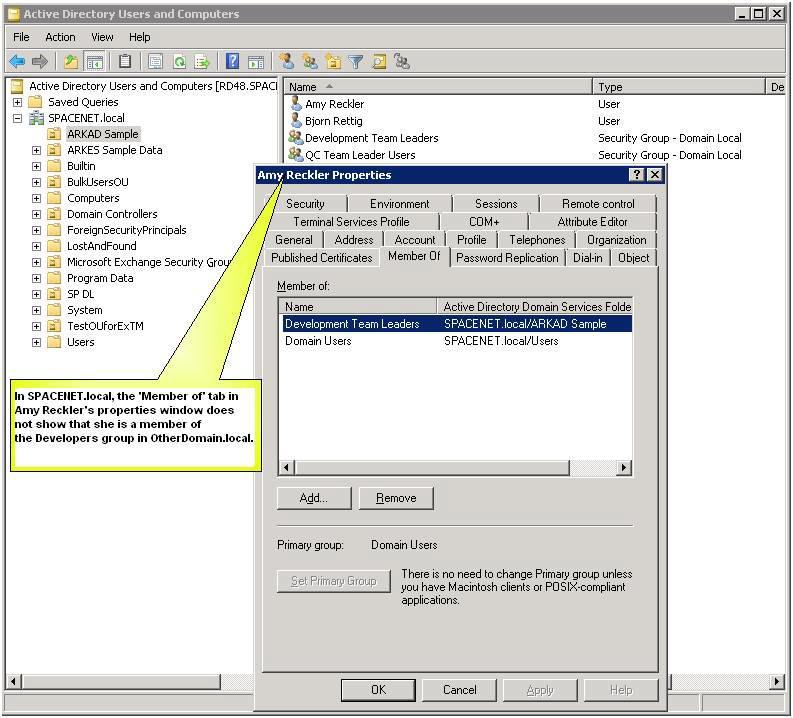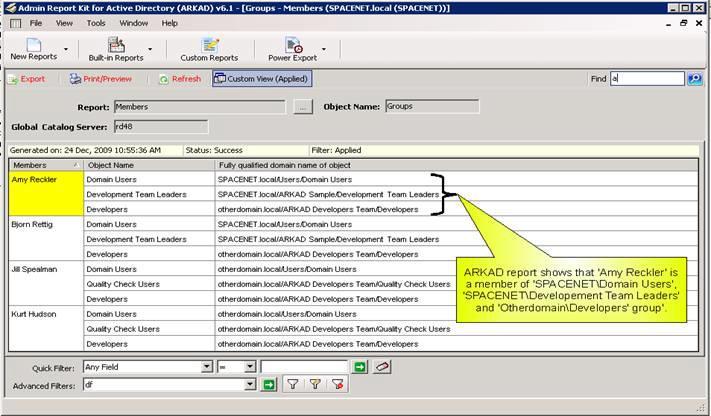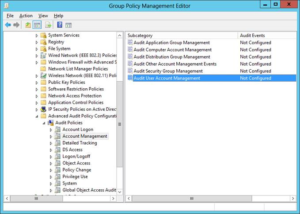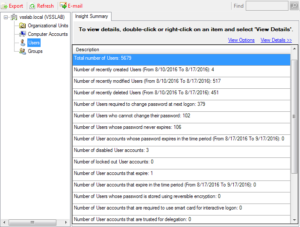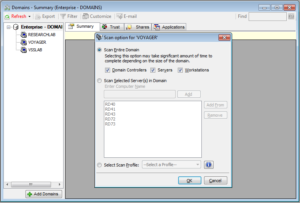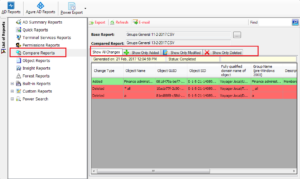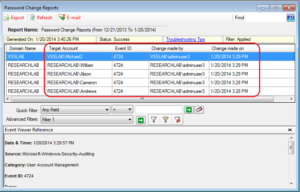Consider the following scenario:
There are two domains in a forest with different namespaces namely SPACENET (SPACENET.local) and OtherDomain (OtherDomain.local). Let us assume that SPACENET is the domain that needs to access resources in OtherDomain. In order to allow domain users from SPACENET to access resources in the domain OtherDomain, we need to add SPACENET’s users as members in the ‘domain local group’ of OtherDomain.
If any user from the SPACENET domain is a member of ‘domain local group’ of OtherDomain (within the same forest), then the ‘Member Of’ tab for that user will not show that he is a member of ‘domain local group’ of OtherDomain. So, if you would like to know the ‘member of’ details of a particular User in a domain, a comprehensive listing should show all groups the User is a member of, including those groups in other domains that the user is a member of.
Please see following figures to understand this better.
Active Directory Users and Computers for ‘OtherDomain.local’ 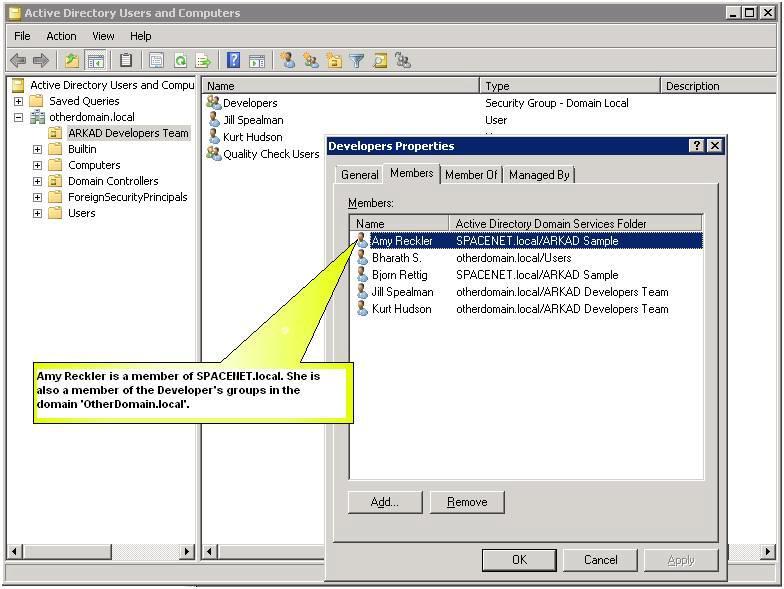
Active Directory Users and Computers for ‘SPACENET.local’
If an administrator wants the ‘Member of’ details for users for the entire forest, he needs to view each group’s ‘Members tab’ in the AD console to see whether the specified user is a member of this group. The administrator needs to repeat this step for all domains and all groups in those domains.
How does ARKAD help show Users ‘Member of’ details for all domains in a forest in a single report view?
With the help of Admin Report Kit for Active Directory (ARKAD) you can view the users ‘Member Of’ details for an entire forest. The following image depicts the report generated by ARKAD for the above scenario.

